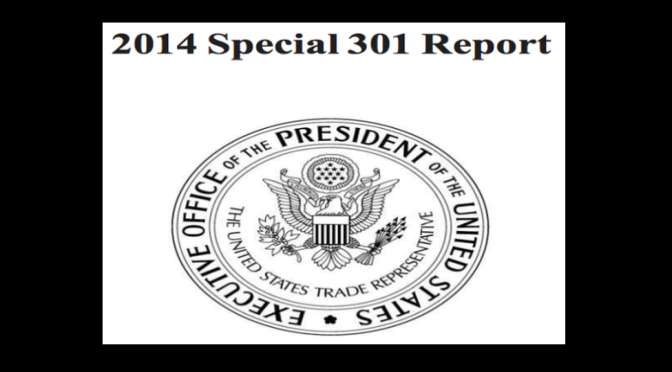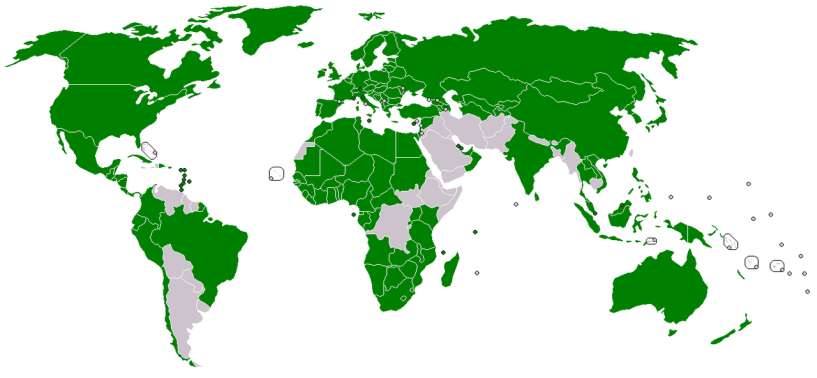This post was first published on 2nd September, 2014.
Trade Related aspects of Intellectual Property Rights (TRIPS) Agreement under the World Trade Organization (WTO) came into effect in 1995 mandating all the developing member countries to bring in TRIPS-compliant national laws within ten years i.e., 2005.
India became a party to the TRIPS Agreement in April, 1994. At that time, India's then-current enactment of the Patent Act, 1970 directly contravened Article 27 of the TRIPS Agreement. Upon coming into effect on…










